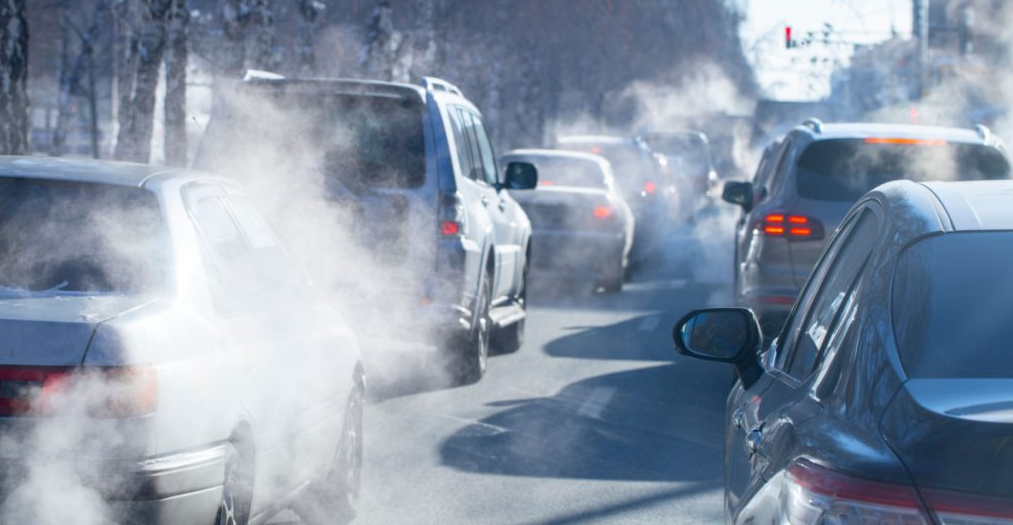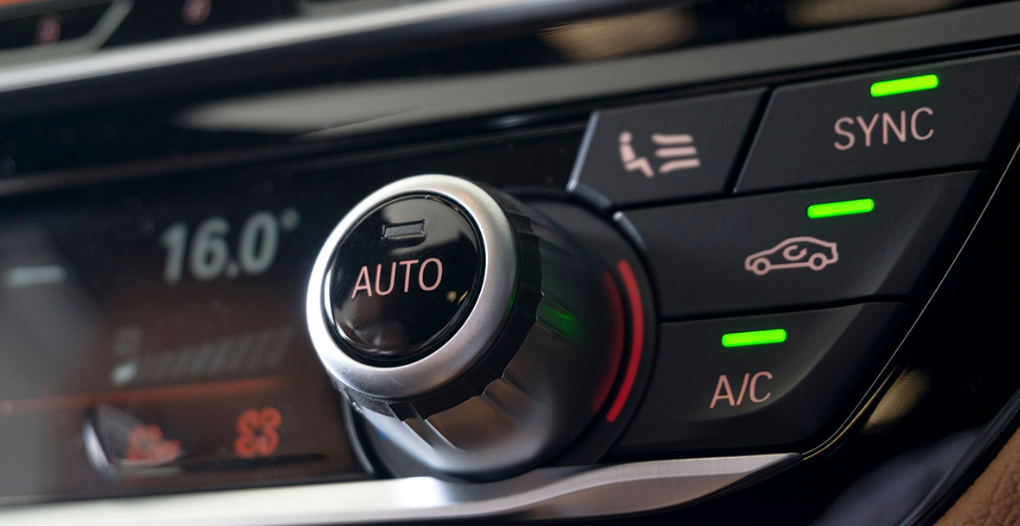Air quality is a paramount concern, especially in urban environments rife with pollution. The air recirculation button acts as a shield against pollutants and allergens. By using recirculated air, drivers can significantly reduce their exposure to external contaminants, thereby creating a safer and more comfortable cabin environment.
Quieter Ride, Reduced Stress

The benefits extend beyond air quality. Recirculating the interior air can lead to a quieter ride by minimizing the noise from bustling streets. Additionally, by reducing the workload on the air conditioning system, the vehicle’s components are subject to less stress, potentially resulting in fewer maintenance requirements and longer-lasting performance.
When and When Not to Engage the Recirculation Button
The air recirculation button shines in specific scenarios, optimizing the driving experience and ensuring the well-being of passengers.
Hot Weather:
When driving in hot weather, especially during a heatwave, engaging the air recirculation mode can help the air conditioning system cool the cabin more efficiently, providing a quicker escape from scorching temperatures.
Polluted Areas:

In areas with high pollution levels, such as heavy traffic or industrial zones, activating the recirculation mode shields the cabin from harmful exhaust fumes and pollutants, safeguarding the health of occupants.
Odor Control:

Encounter a pungent odor from a nearby landfill or factory? The air recirculation mode prevents these unpleasant smells from infiltrating the cabin, allowing you to continue your journey in comfort.

